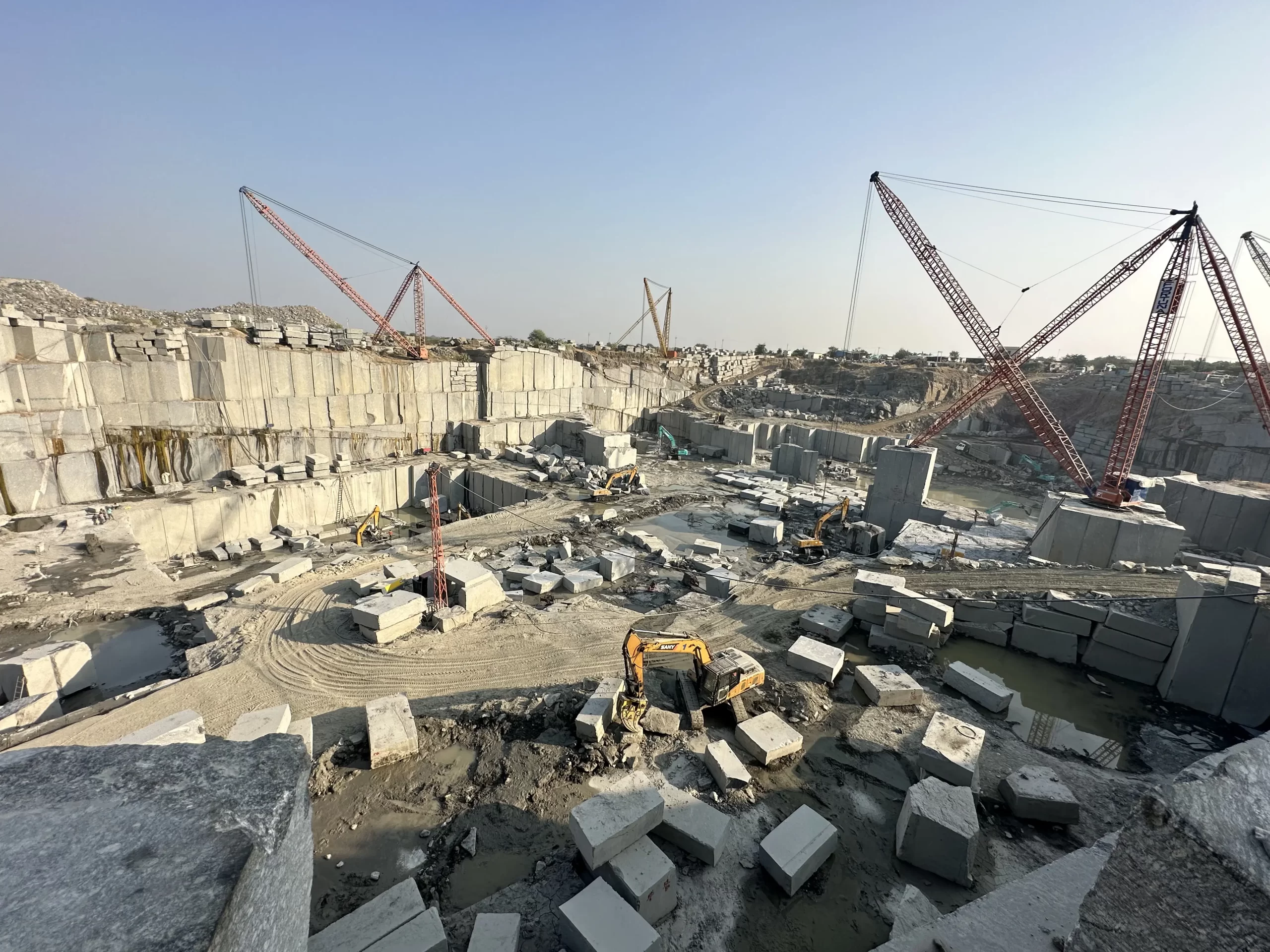Discovering Granite Quarries in South Africa Industry: From Quarry to Work of art
Discovering Granite Quarries in South Africa Industry: From Quarry to Work of art
Blog Article
Unveiling the Mysteries of Granite Quarrying: Where Toughness and Sophistication Meet
The globe of granite quarrying is a realm where the raw toughness of nature assembles with human creativity to develop structures that stand the test of time with an air of style. From the depths of quarries to the thorough sprucing up in workshops, the procedure of transforming granite right into architectural marvels is a complex dance of practice and advancement. As we peer into the midsts of this ancient craft, we start to reveal the covert details that shape the extremely essence of our built environment.
The Beginnings of Granite Quarrying
In the record of building background, the beginnings of granite quarrying are shrouded in a tapestry of old workmanship and geological marvels. Going back to ancient Egypt and Mesopotamia, the removal of granite from quarries marked the start of a trip that would eventually cause the development of some of the globe's most iconic frameworks.
Granite quarrying's roots can be mapped to the proficient artisans who recognized the stone's resilience and aesthetic charm. With a combination of primitive tools and large resolution, these early quarry employees unearthed granite blocks that would certainly come to be the building blocks of human beings.
As worlds developed, so did the methods of quarrying granite. The Romans, renowned for their design expertise, established sophisticated approaches for removing granite to create monoliths, temples, and roads that stood the test of time.
The legacy of these ancient quarrying practices continues to shape modern-day architecture, with granite staying a symbol of stamina and elegance in building tasks around the world. (granite quarries in south africa)
Tools of the Quarrying Trade
The advancement of granite quarrying techniques from ancient civilizations to modern times highlights the essential function played by the tools of the quarrying trade in forming the sector's methods. In old times, quarrying devices were primary, often containing blades, hammers, and wedges made from materials like bronze or iron. These devices required considerable manpower and time to remove granite obstructs from quarries.

Additionally, the introduction of pneumatically-driven devices and high-powered equipment has substantially reduced the physical labor called for in quarrying operations, improving worker safety and security and efficiency. As the quarrying market continues to introduce, the devices of the trade remain at the center of driving click here for more info progress and shaping the future of granite extraction.
Extracting Blocks of Granite
Using accuracy equipment and progressed methods, the removal of granite obstructs from quarries has ended up being an advanced process in the modern-day quarrying sector. Regulated blowing up methods are after that utilized to break apart the granite right into convenient sections.

Sprucing Up and Finishing Methods
To attain a flawless surface on granite blocks, knowledgeable artisans use a collection of precise sprucing up and ending up strategies. After the first extraction and forming procedures, the granite blocks go through a detailed polishing stage to boost their all-natural elegance and sturdiness.
Along with polishing, completing strategies are put on further improve the granite's look. These strategies might consist of flaming, developing, or brushing, each offering distinct appearances and finishes to fit different visual choices. Flaming, for example, includes exposing the granite surface to high temperature levels to create a harsh, textured coating, ideal for outside find more info applications where slip-resistance is crucial. Sharpening, on the other hand, provides a matte surface that is smooth to the touch, best for interior counter tops and flooring. By carefully selecting and applying these brightening and completing methods, craftsmens can transform raw granite obstructs into elegant items that showcase both stamina and elegance.

Ecological Influence and Sustainability
With the growing emphasis on ecological awareness in the industry, granite quarrying practices are increasingly scrutinized for their influence on natural deposits and long-term sustainability. Quarrying for granite can have considerable environmental ramifications. The removal procedure usually entails making use of heavy machinery, explosives, and large quantities of water, bring about environment destruction, soil disintegration, and water pollution. Furthermore, the transport of granite from quarries to processing facilities generates carbon emissions, better contributing to ecological degradation. granite quarries in south africa.
To mitigate these influences and ensure sustainability in granite quarrying, industry stakeholders are taking on various steps. Executing innovative technologies to reduce energy usage and water use, recovering quarried land for ecological repair, and advertising responsible sourcing practices are some methods being used. Certifications such as the Forest Stewardship Council (FSC) and the Management in Power and Environmental Design (LEED) assistance consumers identify environmentally pleasant granite products.
Conclusion
To conclude, granite quarrying is a Learn More procedure that needs specialized devices and strategies to essence blocks of granite and brighten them to a high degree of coating. While the ecological effect of quarrying can be significant, efforts are being made to improve sustainability methods in the sector. On the whole, granite quarrying is a delicate balance in between harnessing the strength and beauty of this all-natural rock while decreasing its effect on the environment.
Report this page